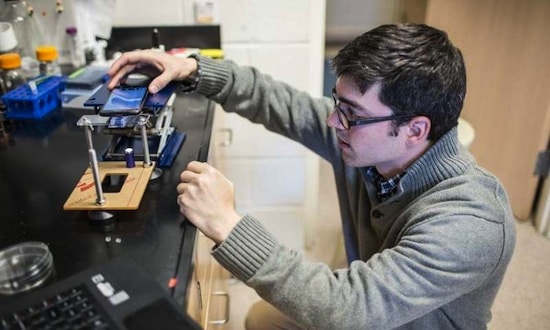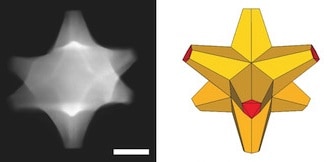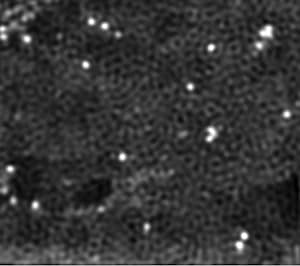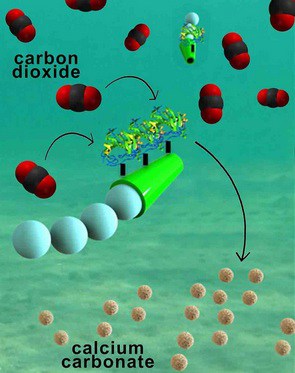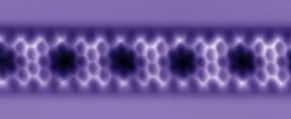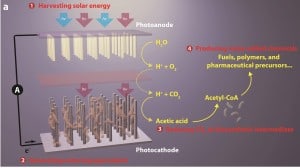Coating micrometer-sized glass spheres with hundreds of DNA strands complementary to an RNA covering a glass slide enables the sphere to move, with the help of an enzyme that digests RNA bound to complementary DNA, a thousand times faster than conventional DNA-walkers.
Rolling DNA-based motors increase nano-walker speeds 1000-fold
